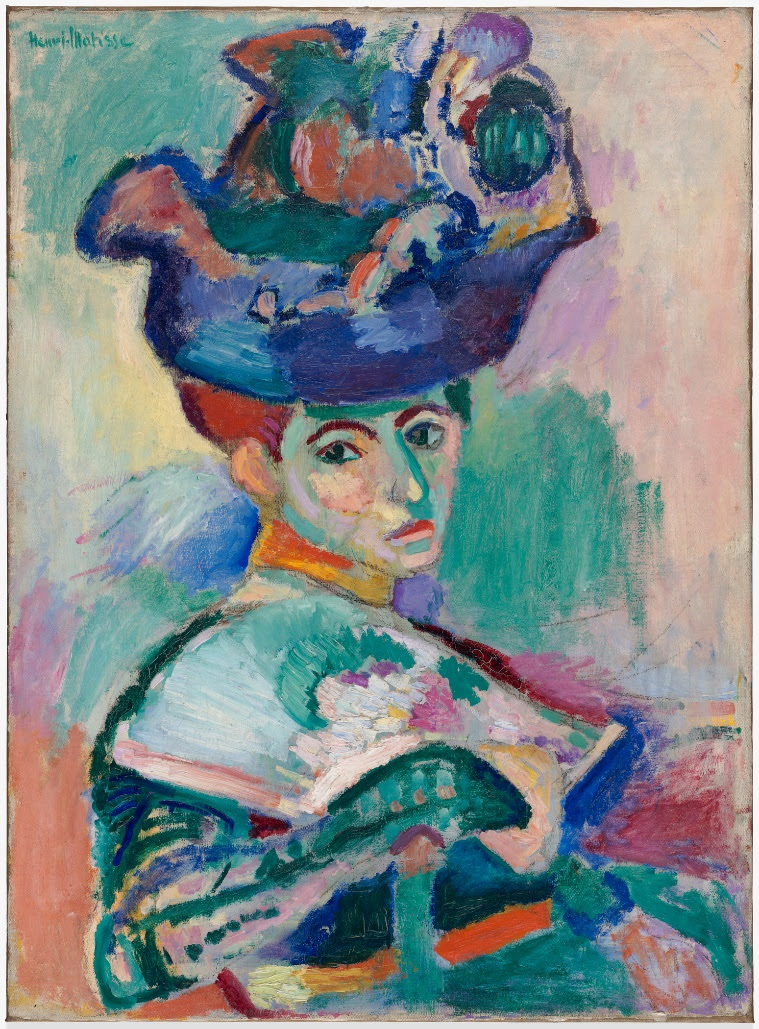Henri Matisse ignited passionate controversy in 1905 with the public debut of Femme au chapeau (Woman with a Hat) at the Salon d’Automne in Paris.
The portrait of the artist’s wife, Amélie, was at the center of a defining moment of rupture in the history of modern art, shocking audiences with its seemingly carefree brushstrokes and bright hues that purposefully departed from observed reality. It was established as the leading image of Fauvism, the first French avant-garde art movement of the 20th century, and its impact has continued for more than 120 years.
From May 16 to September 7, 2026, the San Francisco Museum of Modern Art (SFMOMA) will present a major exhibition titled Matisse’s Femme au chapeau: A Modern Scandal. This project will shed new light on how the painting—now an icon of the museum’s collection—made its mark on art history. Positioning Matisse in dialogue with his peers and followers, as well as artists working today, the exhibition will examine in greater depth than ever before the painting’s historical context, subject, circulation and impact.
“We are thrilled to have this opportunity to share the full story of Matisse’s Femme au chapeau— a painting that marks the artist’s radical break from convention in the early years of his career,” said Janet Bishop, SFMOMA’s Thomas Weisel Family Chief Curator. “Arguably SFMOMA’s most art historically significant painting—Femme au chapeau began sending shockwaves through the art world as soon as it left Matisse’s studio and has captivated viewers ever since. The exhibition will tell its full story, from its public debut in 1905, to its years as a must-see painting in Leo and Gertrude Stein’s Left Bank apartment, to the walls of SFMOMA.”

